
AeroGenie — Votre copilote intelligent.
Tendances
Categories
Air India Flight to Delhi Makes Emergency Landing in Chennai; Four Kerala MPs Aboard
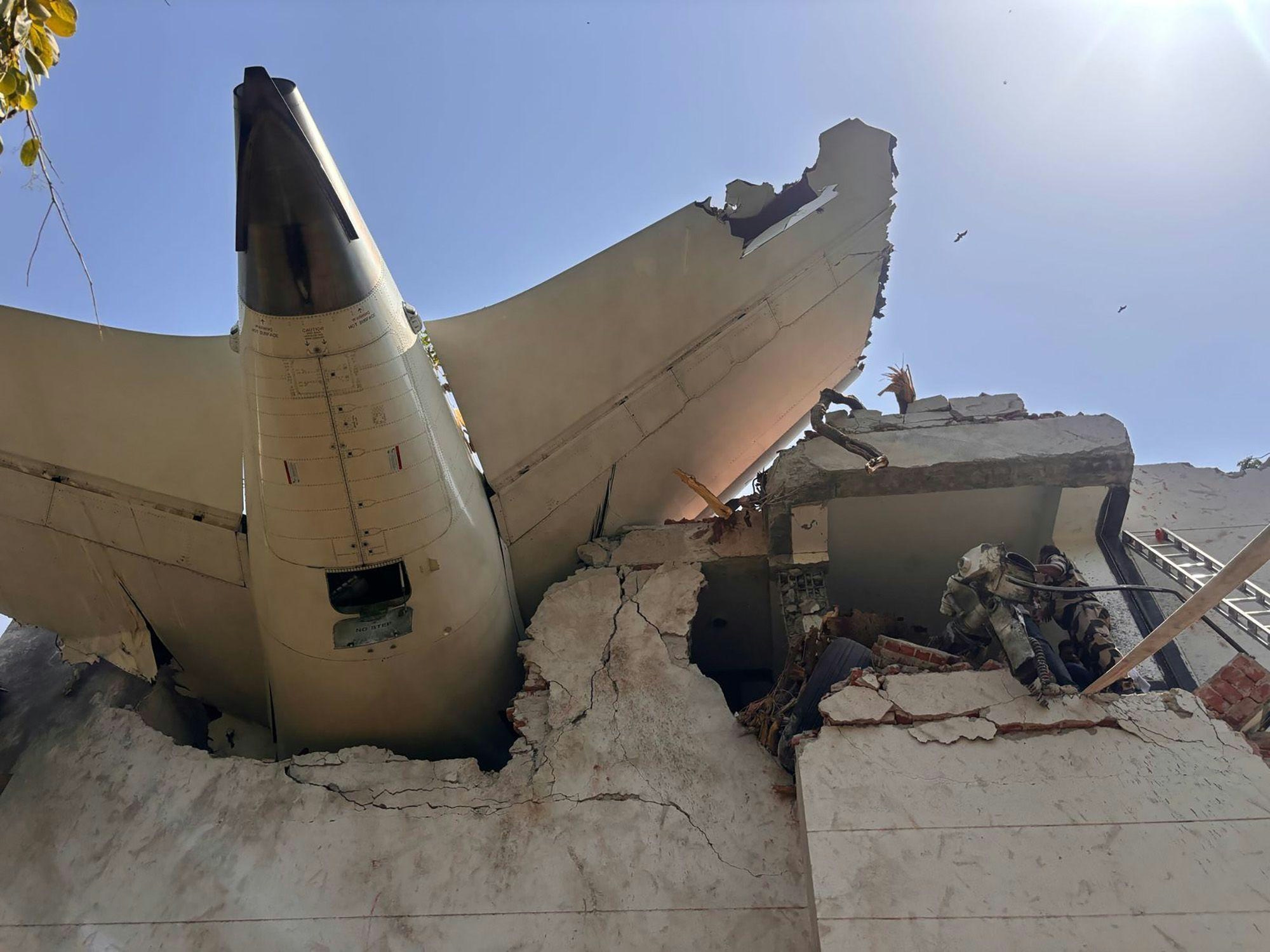
Air India Flight Makes Emergency Landing in Chennai Amid Technical Fault
An Air India flight en route from Tiruvananthapuram to Delhi was compelled to make an emergency landing at Chennai International Airport on Sunday night due to turbulent weather conditions coupled with a technical malfunction. The flight, which departed Tiruvananthapuram’s Terminal 3 at 8:04 pm, carried among its passengers four Members of Parliament from Kerala.
Flight Diversion and Landing Attempts
Flight tracking data revealed that the aircraft entered a holding pattern over Chennai, circling for nearly two hours as it awaited clearance to land. The initial landing attempt was aborted when the pilot detected another aircraft occupying the runway, prompting a last-moment pull-up to avoid a potential collision. The plane successfully touched down on its second attempt at 10:39 pm.
AICC General Secretary and Alappuzha MP KC Venugopal, who was aboard the flight, described the experience as harrowing. In a post on X (formerly Twitter), he stated that passengers “came frighteningly close to tragedy.” Venugopal recounted that after a delayed departure, the flight encountered severe turbulence shortly after takeoff. Approximately an hour into the journey, the captain announced a flight signal fault and decided to divert to Chennai. He praised the captain’s swift decision-making during the aborted landing, crediting it with averting disaster.
Calls for Investigation and Industry Implications
Venugopal has urged the Ministry of Civil Aviation (MoCA) and the Directorate General of Civil Aviation (DGCA) to initiate an immediate investigation into the incident. While the precise nature of the technical fault remains undisclosed, such events typically attract rigorous scrutiny from aviation authorities.
Similar emergency landings by other carriers, including United Airlines and Delta Air Lines, have previously triggered regulatory reviews, passenger compensation claims, and intensified pressure on airlines to uphold stringent safety standards. The aviation sector closely monitors these incidents, as they can significantly impact public confidence and operational protocols across the industry.
Air India has yet to release an official statement regarding the emergency landing or the aircraft’s condition. No injuries were reported among passengers or crew. The incident highlights the critical importance of comprehensive safety procedures and effective crew training, especially as airlines strive to maintain passenger trust amid ongoing challenges.
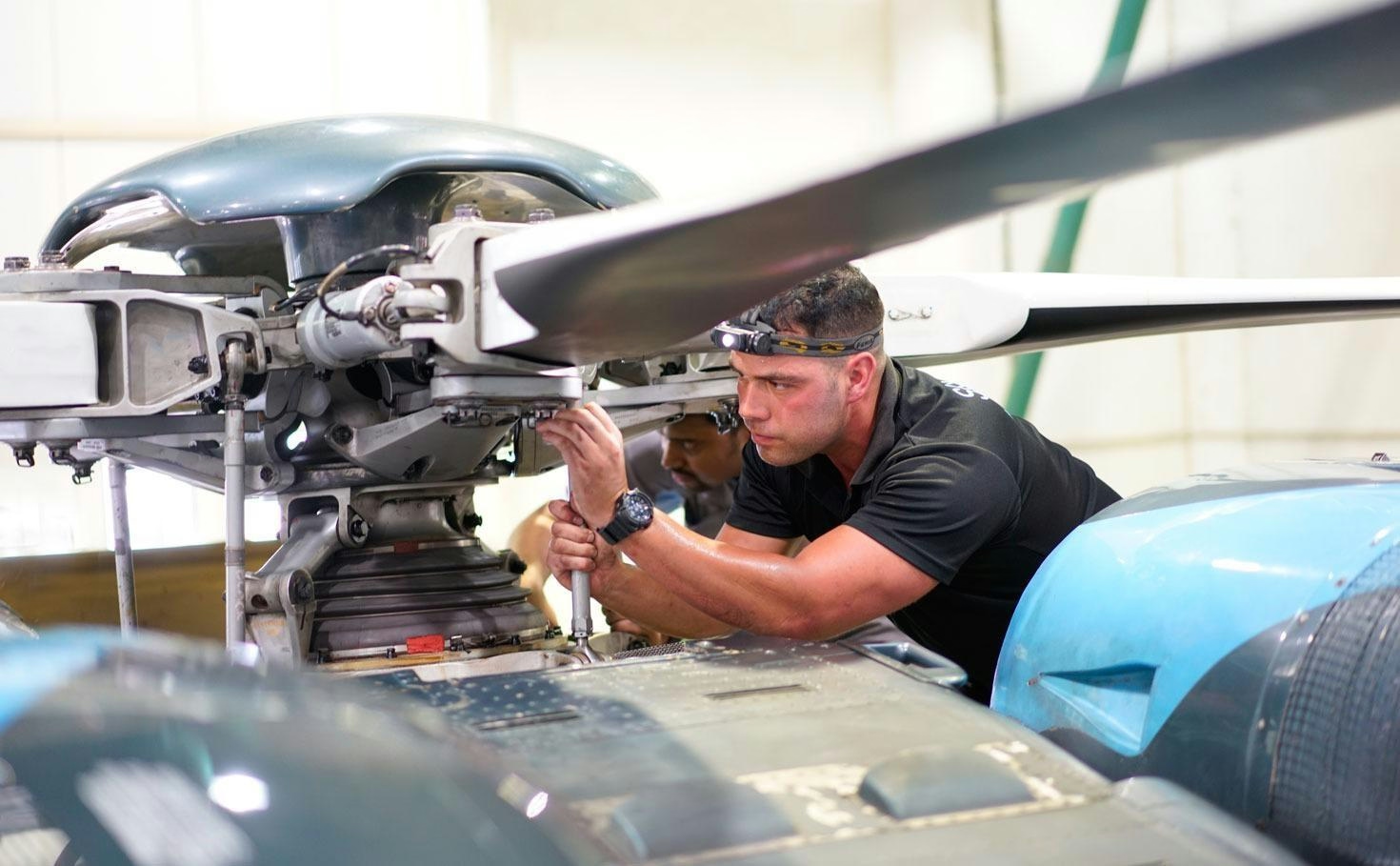
Companies Producing Diesel Airplane Engines Face Questions About Safety and Performance
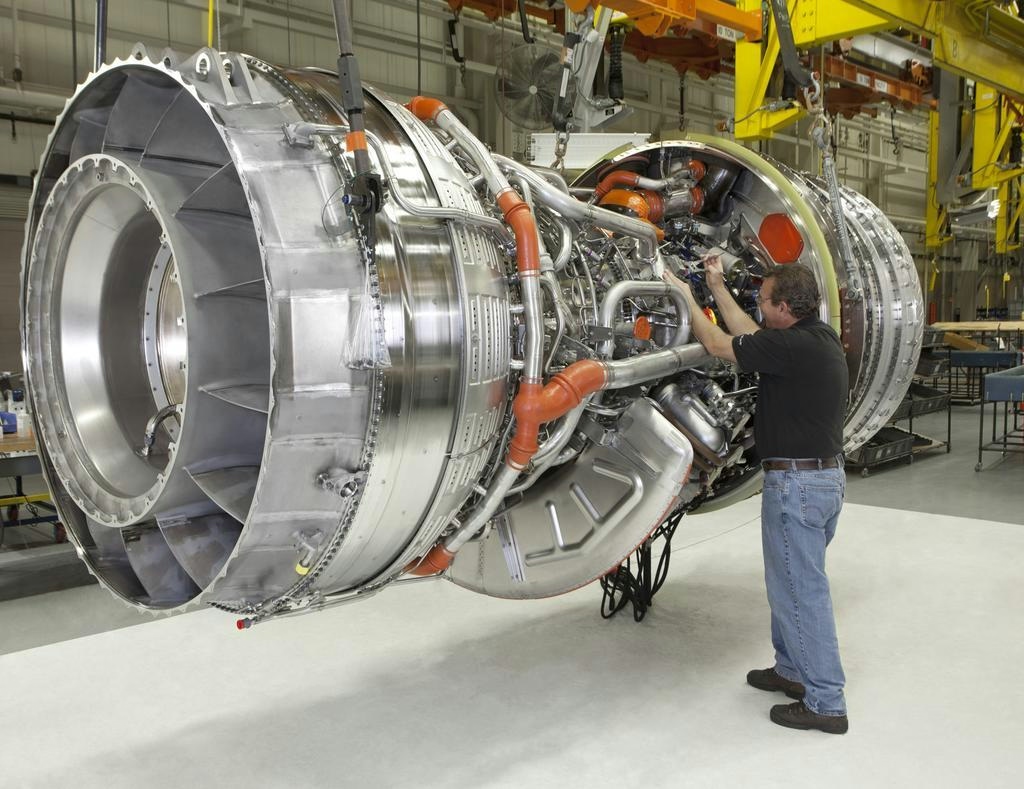
Explained: How GE Became a Jet Engine Manufacturer

Aviation Capital Group Delivers Boeing 737 MAX 8 to LOT Polish Airlines
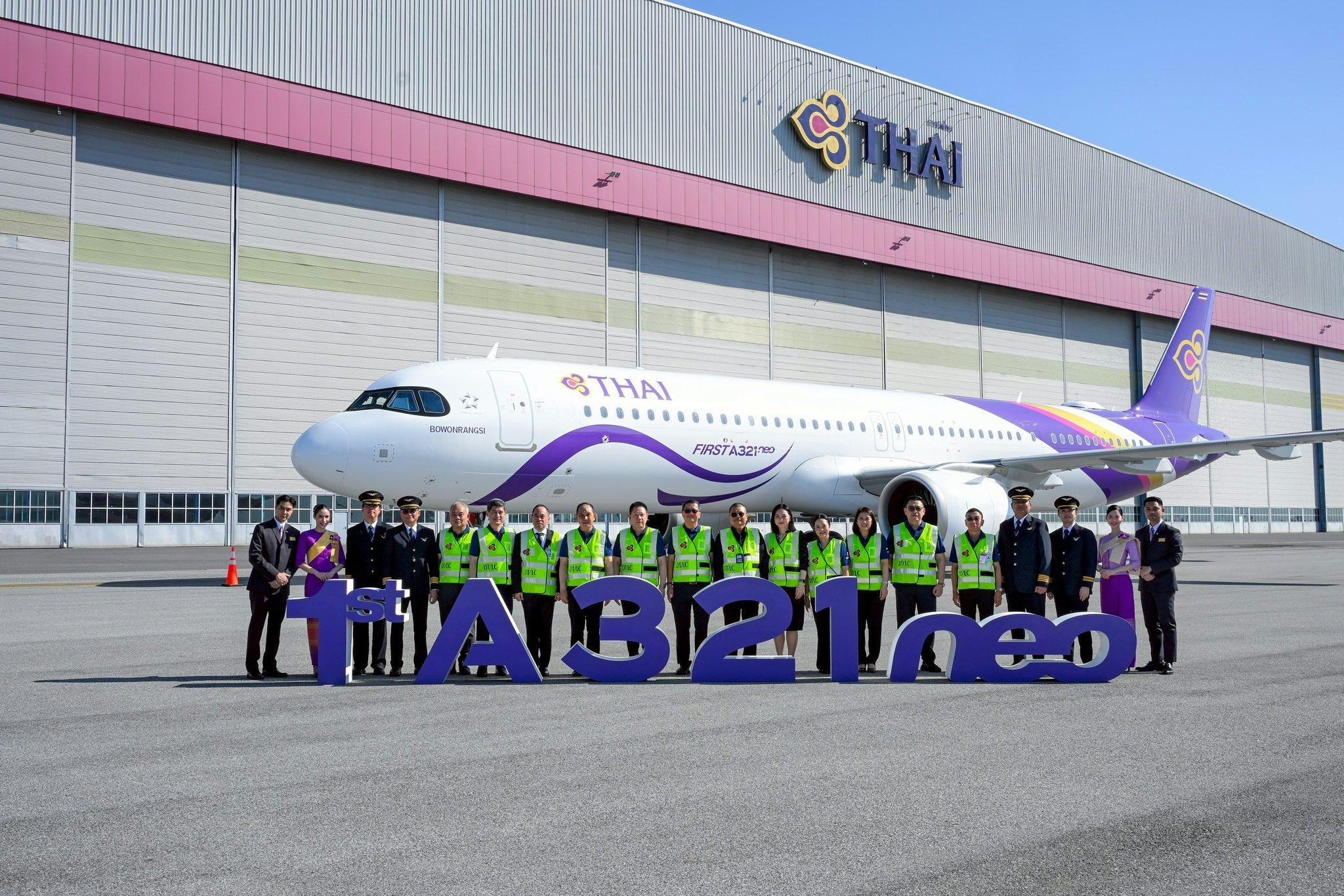
Thai Airways Receives First A321neo Aircraft
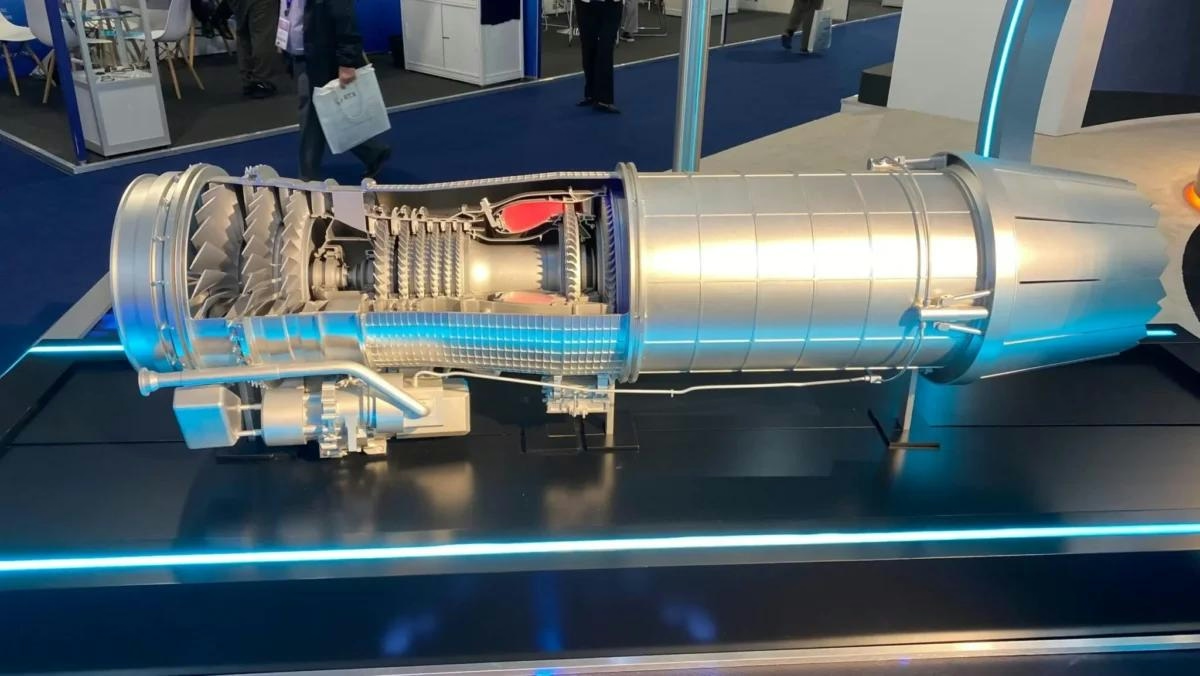
Seoul Invests 3.35 Trillion Won in New Fighter Jet Engine Development
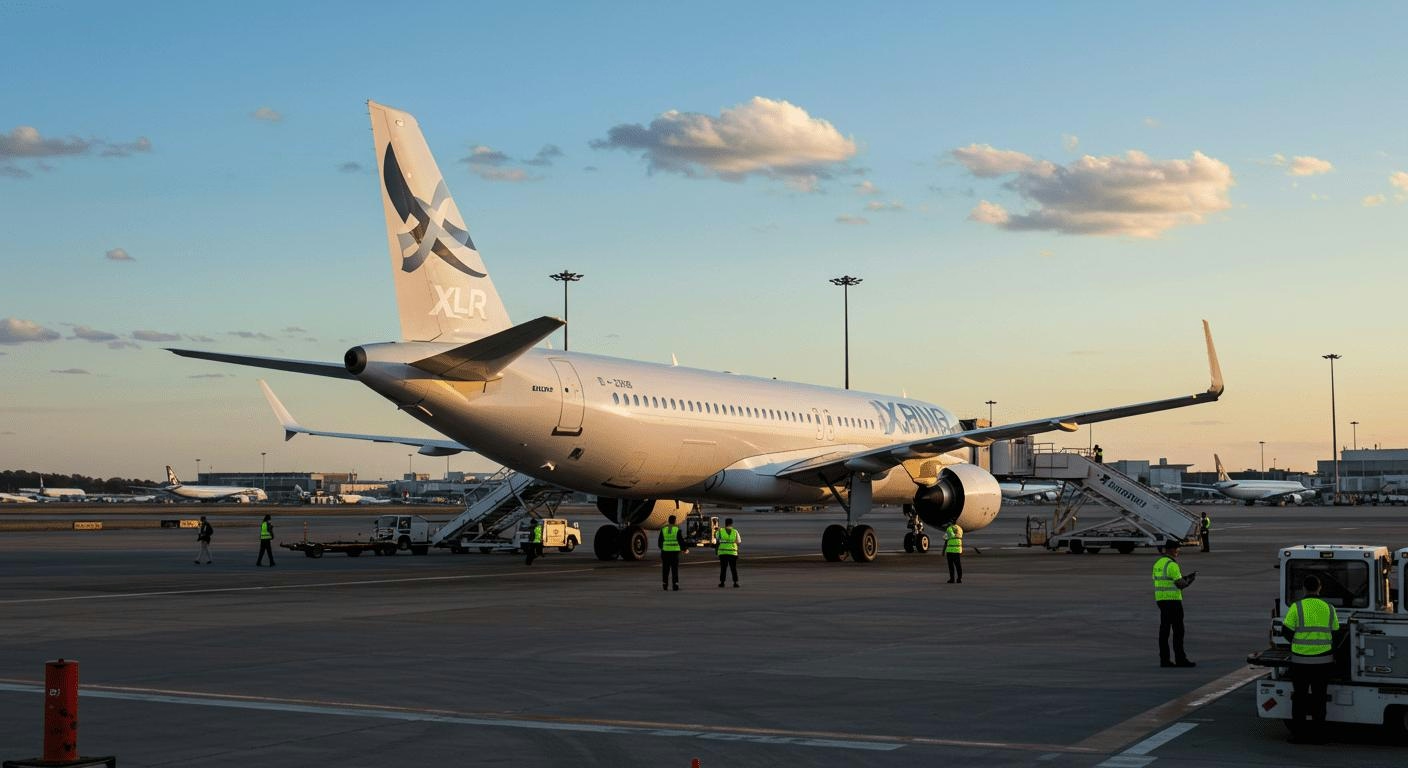
Can the A321XLR Replace Widebody Aircraft?

Airline Uses AI to Hold Flights for Passengers with Tight Connections
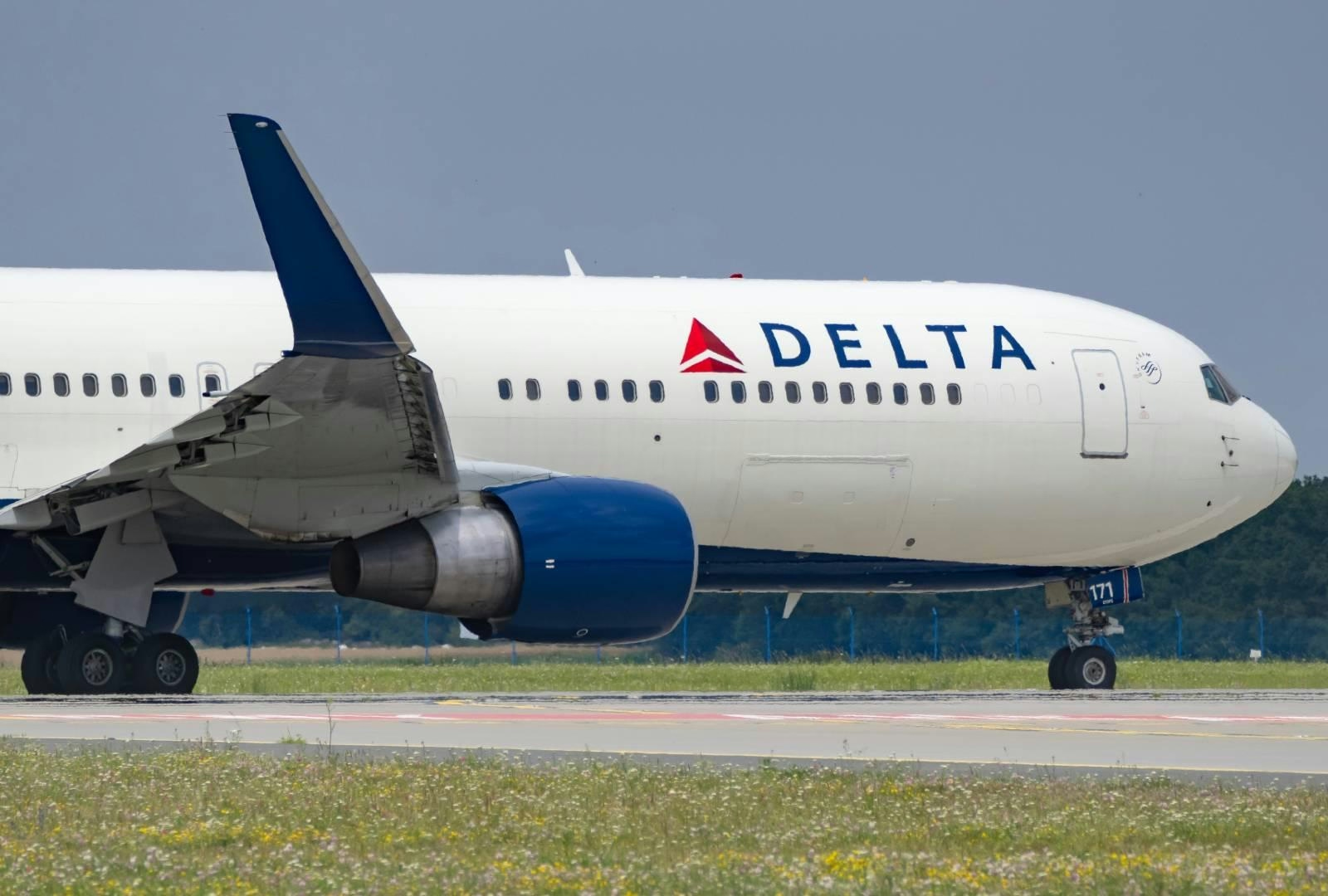
How Airlines Use AI to Set Flight Prices and What Consumers Can Do
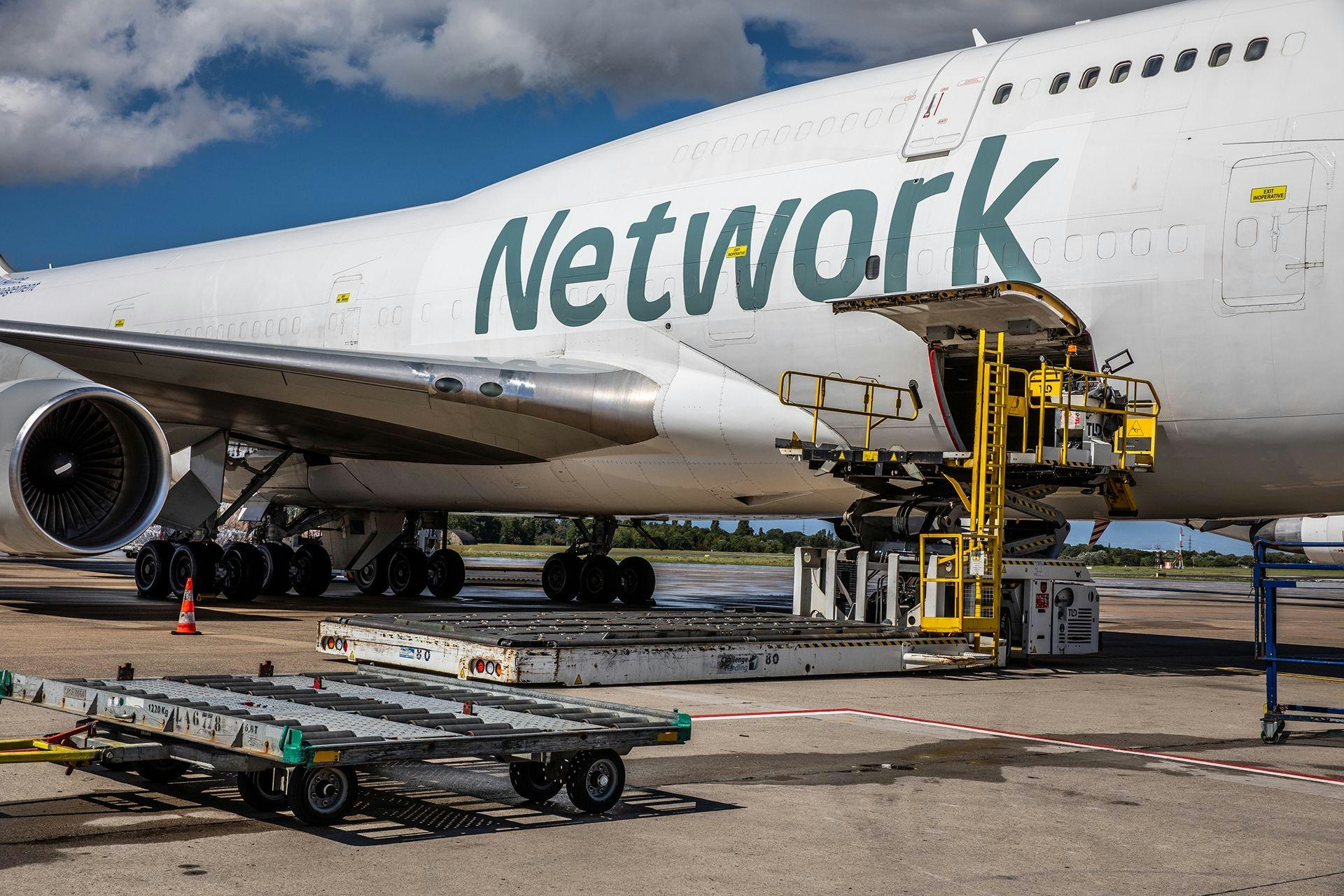
Juniper Expands Fleet with Converted Freighter Leasing
